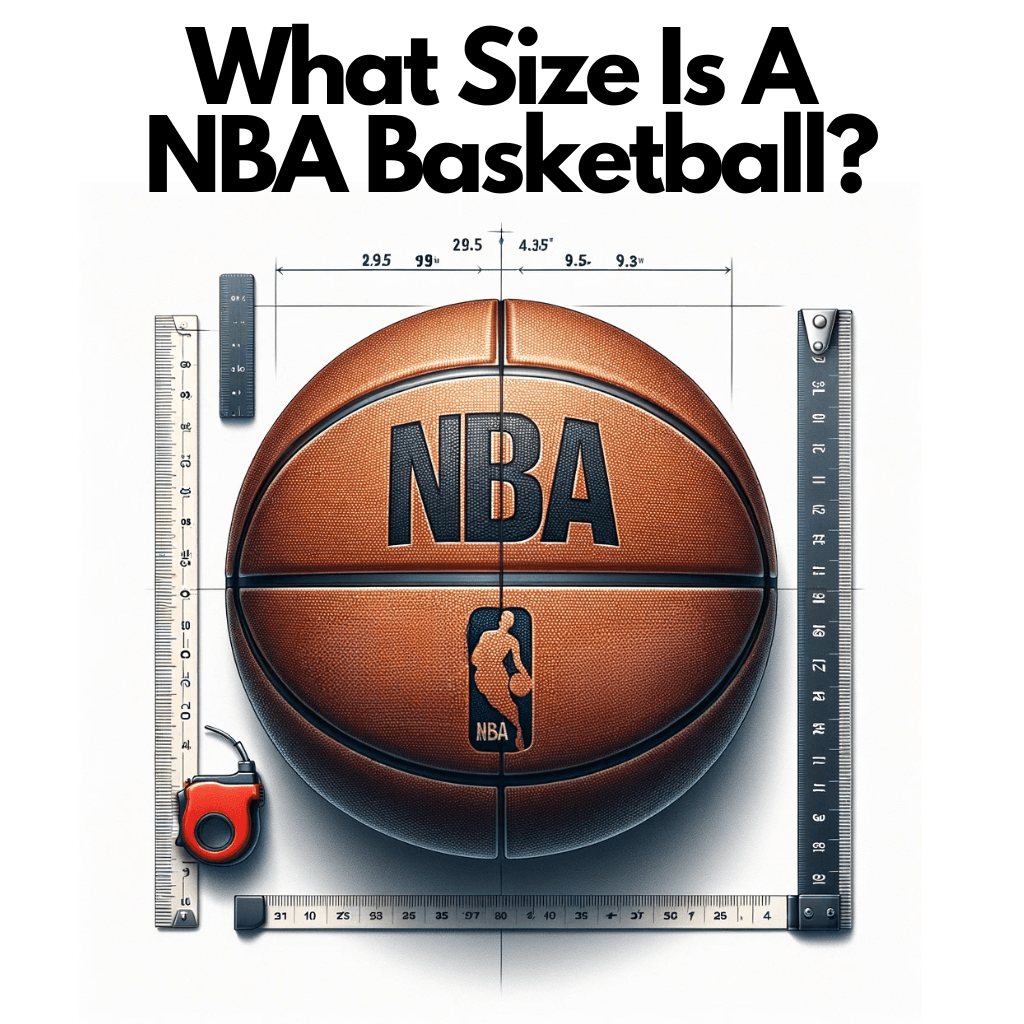The size of a basketball in the NBA, a critical aspect of the game, is a question we often get. However, it plays a vital role in the gameplay and athletes' performance. The NBA has set specific standards for basketball size, emphasizing its importance in maintaining a high level of play and competition.
The NBA specifies that the basketball must be precisely 29.5 inches in circumference and weigh around 22 ounces. This specification isn't arbitrary; it reflects careful consideration of the needs of professional players, often with larger hand sizes than average individuals.
NBA Basketball Size
The NBA's choice of a 29.5-inch circumference for the basketball is not arbitrary. This specific measurement balances the need for control, precision, and skill in the game. The size is crucial for player handling, allowing for sophisticated maneuvers and effective game strategies.
Precision and Control in Professional Basketball
The standardized size of the basketball in the NBA maximizes players' precision and control. It ensures the ball fits comfortably in players' hands, which is essential for executing complex dribbling techniques, accurate passes, and precision shooting.
Impact on Shooting and Dribbling Skills
The ball's size significantly affects shooting and dribbling. A smaller ball might be easier to handle and shoot but lacks realistic weight and resistance needed for professional training. Conversely, a larger ball could complicate handling and shooting. The NBA's chosen size thus represents an ideal midpoint, crucial for uniform gameplay.
Dribbling Dynamics and Ball Size
An NBA player's ability to dribble effectively is partially dependent on the basketball's size. The standard size ensures players can perform high-speed dribbling and rapid directional changes, critical components of the NBA's dynamic gameplay.
Understanding the Game: A Fan's Perspective
For fans, knowledge of the basketball size might seem inconsequential, but it offers deeper insight into the sport. Recognizing the constraints players work under helps fans appreciate the skill and difficulty involved in professional basketball plays.
Coaching Strategies and Basketball Size
Coaches also benefit from the standardized basketball size. It ensures players train with the right equipment, which is essential for transitioning from practice to actual game scenarios. This standardization is key for developing players' muscle memory and coordination.
Maintaining Game Integrity
The regulation size of the basketball is vital for upholding the sport's integrity. It ensures consistent playing conditions across the league, eliminating potential home-court advantages and maintaining fair competition.
Official Size and Weight of an NBA Basketball
The NBA specifies that the basketball must be precisely 29.5 inches in circumference and weigh around 22 ounces. This specification isn't arbitrary; it reflects careful consideration of the needs of professional players, often with larger hand sizes than average individuals.
Who makes NBA basketballs?
NBA basketballs are traditionally made of leather by Spalding. This material choice offers durability, a firm grip, and consistent performance. Composite leather is used for its standard quality and moisture resistance, which is crucial for professional gameplay.
The Basketball's Construction and Materials
Beyond the outer layer, NBA basketballs have a rubber or composite carcass and a latex or butyl bladder. These components contribute to the ball's structure, air retention, and bounce quality, all significant for professional play.
NBA Ball Size: 29.5″ Circumference & 22 Ounces
In summary, the size of an NBA basketball is a key factor in the sport's competitive nature and players' performance. The league's careful consideration of the basketball's dimensions showcases its commitment to maintaining excellence and fairness. Whether for players honing their craft or fans seeking a deeper understanding, recognizing the basketball's size is essential to appreciating NBA basketball at its highest level.
